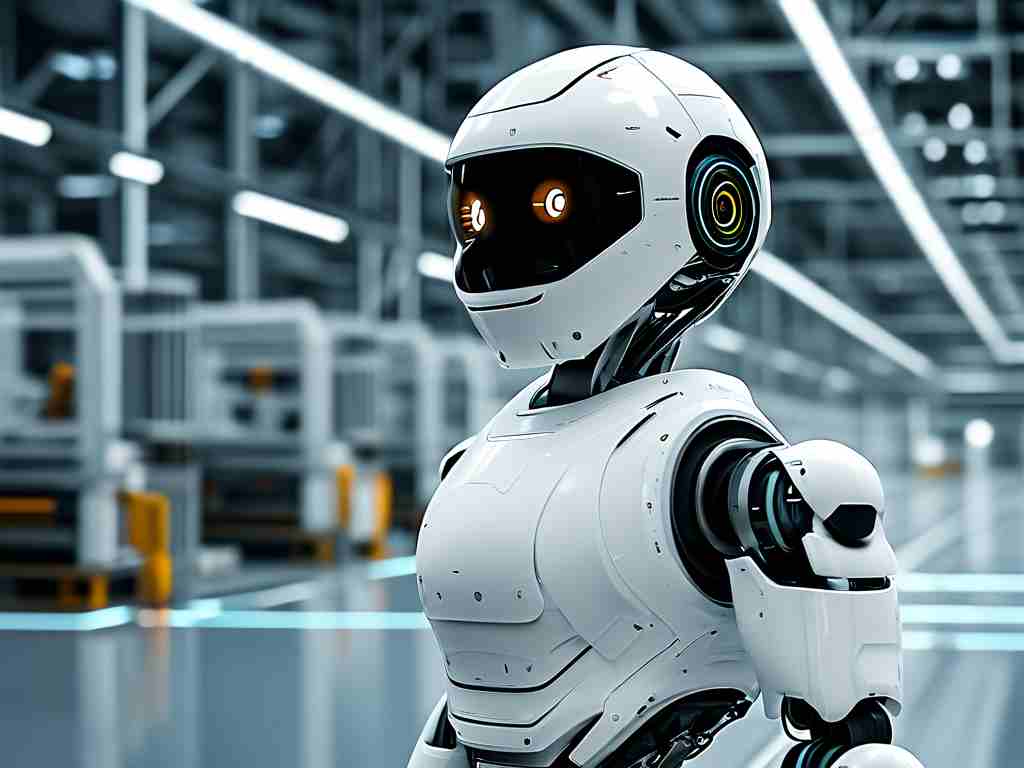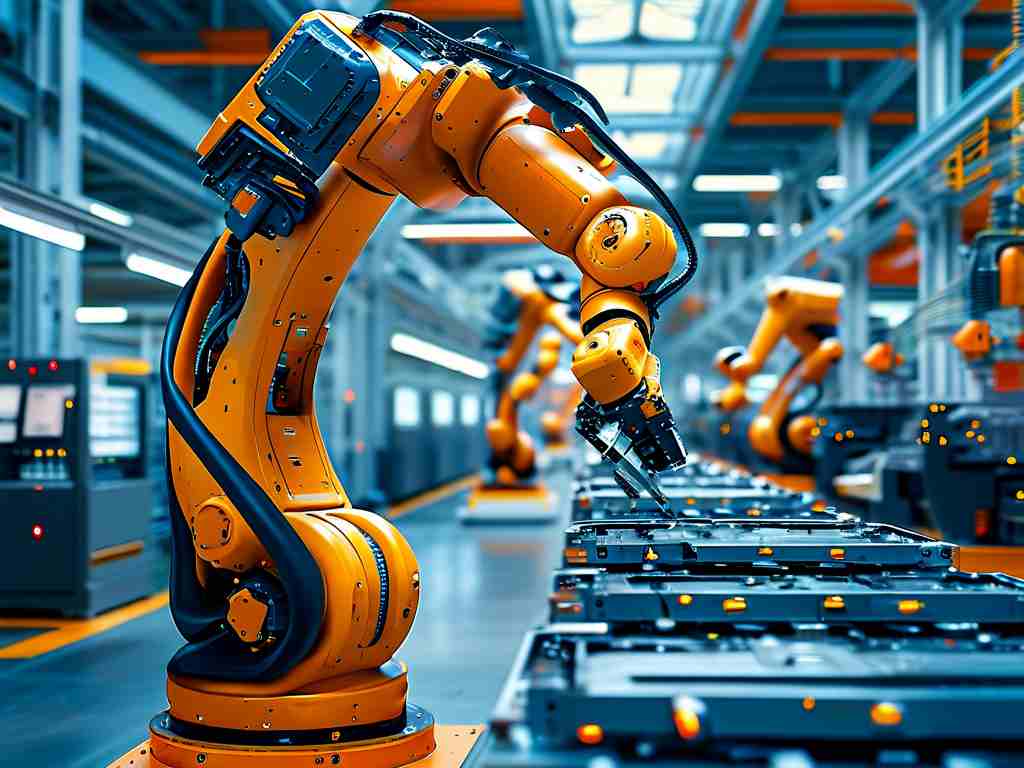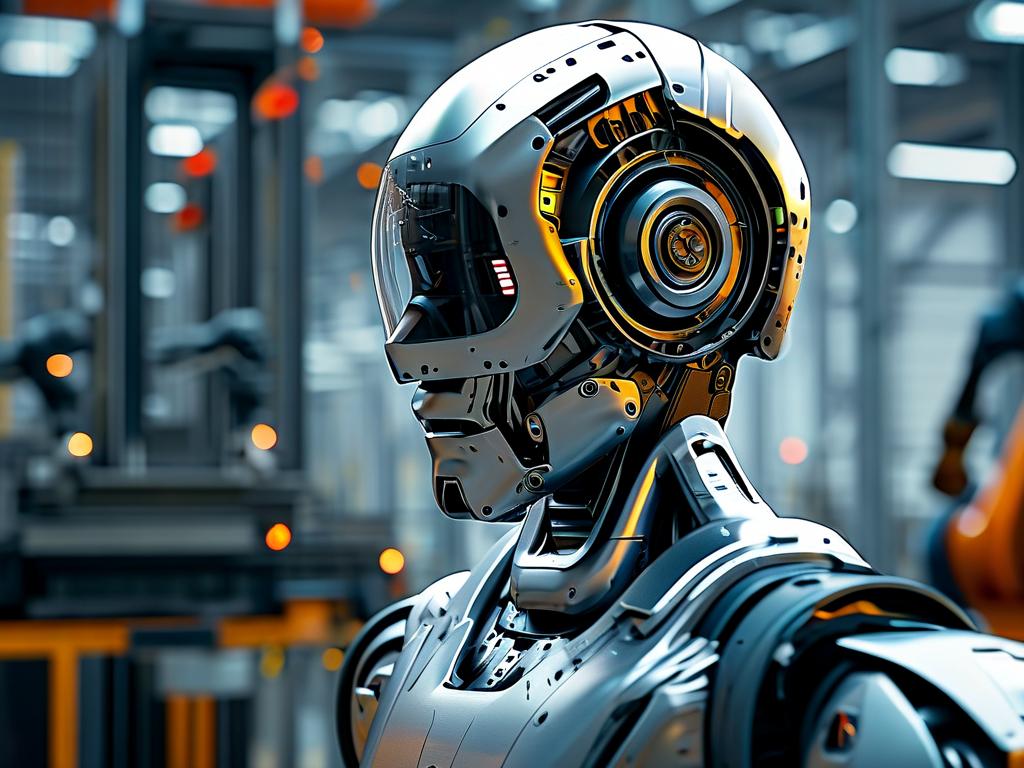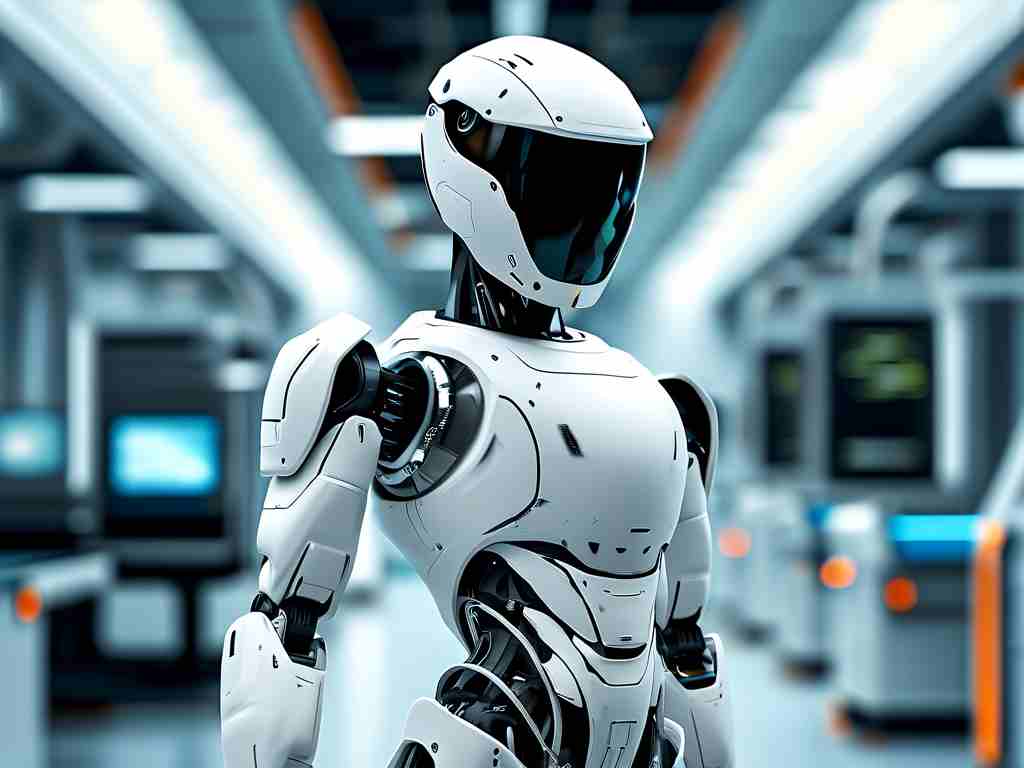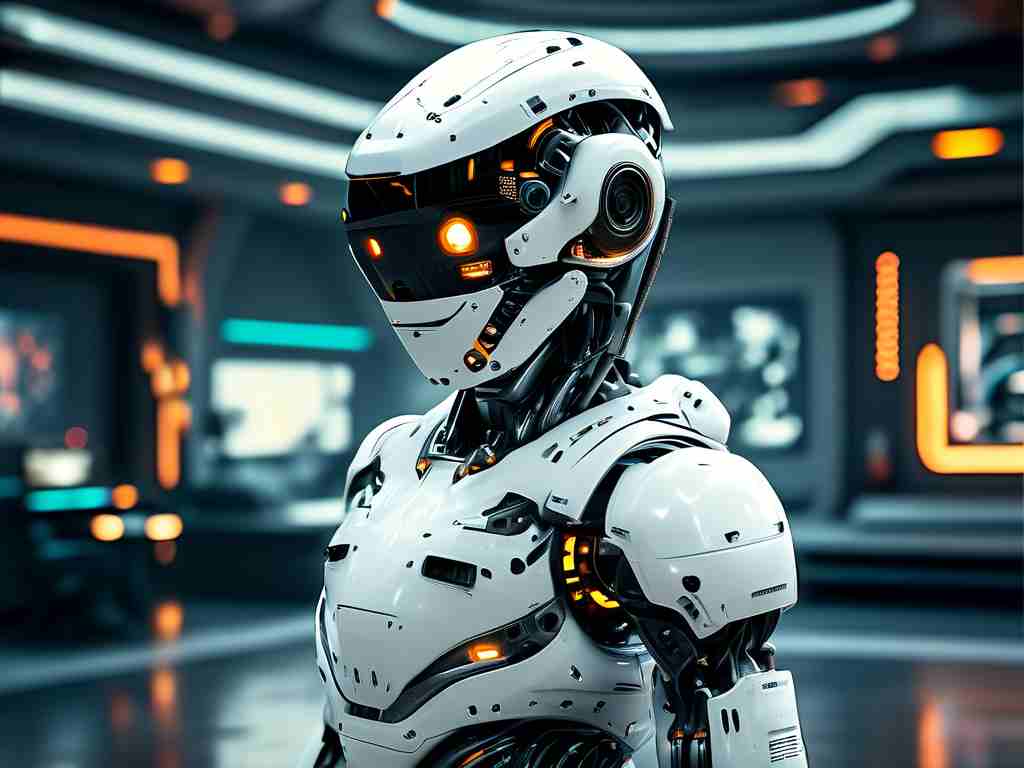The field of robotics has undergone a seismic shift in recent decades, propelled by breakthroughs in modern technology. From industrial assembly lines to healthcare and space exploration, robots are no longer confined to science fiction but have become integral to human progress. This article explores the transformative role of cutting-edge technologies in robot design, manufacturing, and application, shedding light on how innovation is reshaping this dynamic industry.
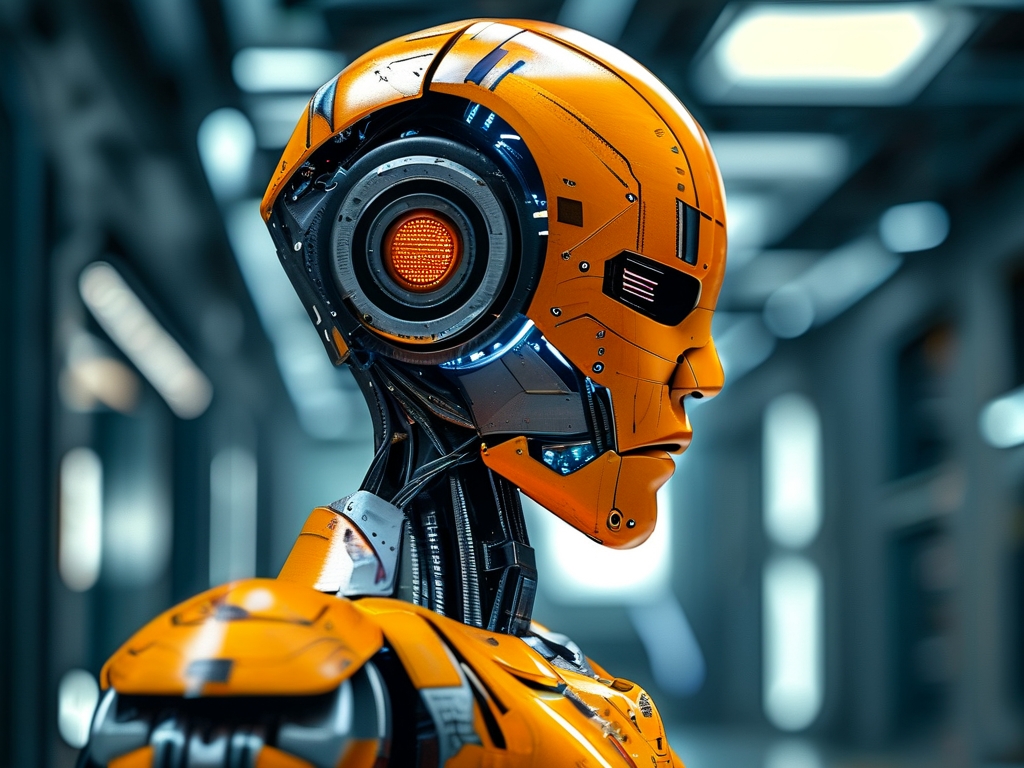
1. The Convergence of AI and Robotics
At the heart of modern robotics lies artificial intelligence (AI). Unlike early robots programmed for repetitive tasks, today's machines leverage machine learning algorithms to adapt to dynamic environments. For instance, autonomous drones use computer vision to navigate complex terrains, while humanoid robots like Boston Dynamics' Atlas employ reinforcement learning to perfect balance and locomotion. AI also enables robots to process natural language, allowing collaborative robots (cobots) to work alongside humans in factories, responding to voice commands and learning from human demonstrations.
The integration of neural networks has further enhanced decision-making capabilities. Medical robots, such as the da Vinci Surgical System, analyze real-time data during procedures, adjusting their movements with micron-level precision. This synergy between AI and robotics is blurring the line between tool and teammate.
2. Advanced Materials and Manufacturing Techniques
Modern robotics relies on breakthroughs in material science. Lightweight alloys, carbon fiber composites, and shape-memory polymers have replaced bulky metal frames, enabling agile and energy-efficient designs. Soft robotics-a subfield using flexible materials-has opened doors to applications previously deemed impossible. For example, soft robotic grippers can handle delicate objects like fruits or human tissue without damage, revolutionizing logistics and minimally invasive surgery.
Additive manufacturing (3D printing) has also transformed production. Companies like Tesla now 3D-print custom robot components, reducing waste and accelerating prototyping. This approach allows for intricate geometries, such as lattice structures that mimic bone density, optimizing strength-to-weight ratios.
3. Sensor Fusion and Connectivity
The rise of the Internet of Things (IoT) has equipped robots with unprecedented situational awareness. Multi-sensor systems-combining LiDAR, thermal imaging, and tactile sensors-create detailed environmental maps in real time. Autonomous vehicles, like those developed by Waymo, use this technology to detect pedestrians and obstacles even in low-visibility conditions.
Moreover, 5G networks enable seamless communication between robots and centralized systems. In smart factories, swarms of robots coordinate tasks through cloud-based platforms, adjusting workflows instantaneously based on supply chain updates. This connectivity extends to teleoperation, where surgeons control robotic arms across continents with near-zero latency.
4. Ethical and Societal Implications
As robots grow more sophisticated, ethical concerns emerge. Job displacement remains a contentious issue: while robots boost productivity, they threaten roles in manufacturing and logistics. However, proponents argue that automation creates higher-skilled jobs in robot maintenance and AI development.
Privacy is another challenge. Domestic robots equipped with cameras and microphones raise questions about data security. Regulations like the EU's AI Act aim to establish accountability frameworks, ensuring transparency in robotic decision-making processes.
5. The Future: Biohybrid Systems and Quantum Computing
The next frontier involves merging biological and mechanical systems. Researchers at Harvard have developed "biohybrid" robots using living muscle tissues for movement, offering self-healing properties and reduced energy consumption. Meanwhile, quantum computing promises to solve complex optimization problems, enabling robots to perform tasks like real-time language translation or drug discovery at unparalleled speeds.
Modern technology has not only advanced robot capabilities but also redefined their role in society. From AI-driven adaptability to eco-friendly manufacturing, these innovations are paving the way for robots that are smarter, safer, and more collaborative. As we stand on the brink of a robotic renaissance, the challenge lies in balancing technological ambition with ethical responsibility-ensuring that robots remain tools for empowerment rather than sources of inequality.
The journey from clunky automatons to intelligent partners is far from over. With continued investment in research and cross-industry collaboration, the future of robotics holds limitless potential.


